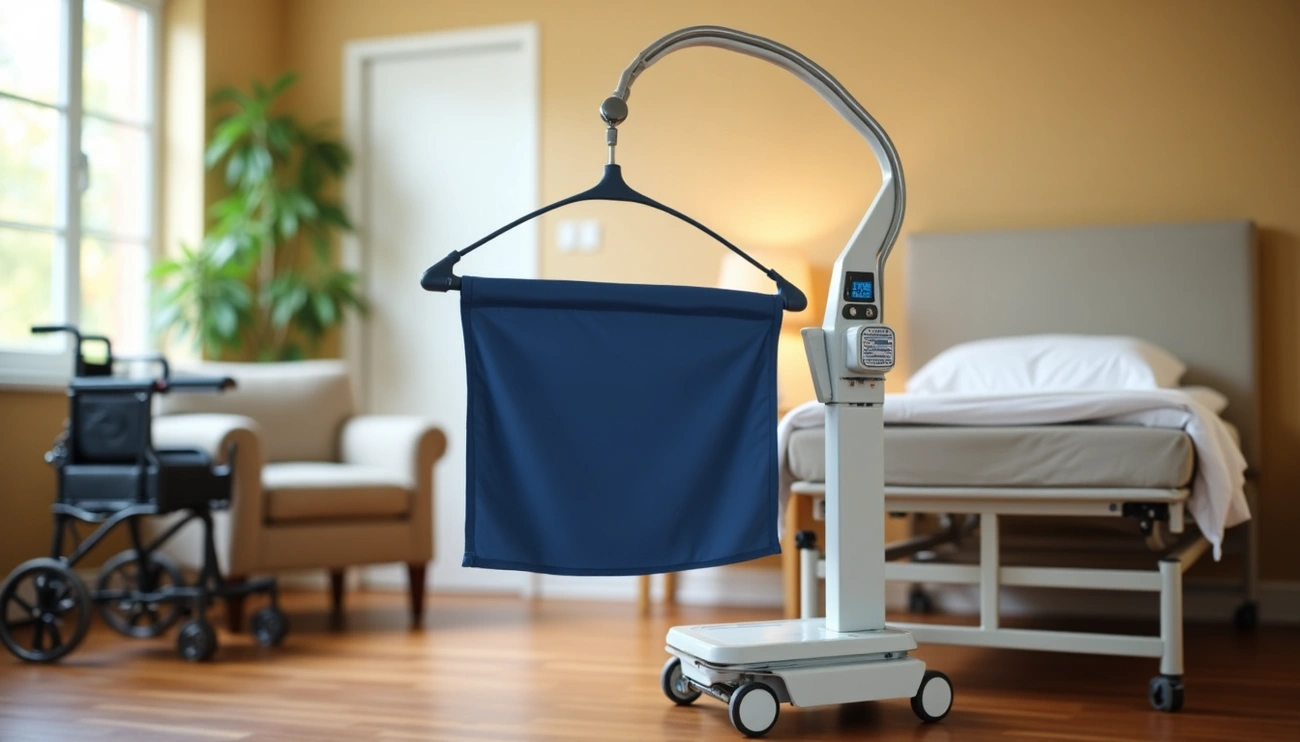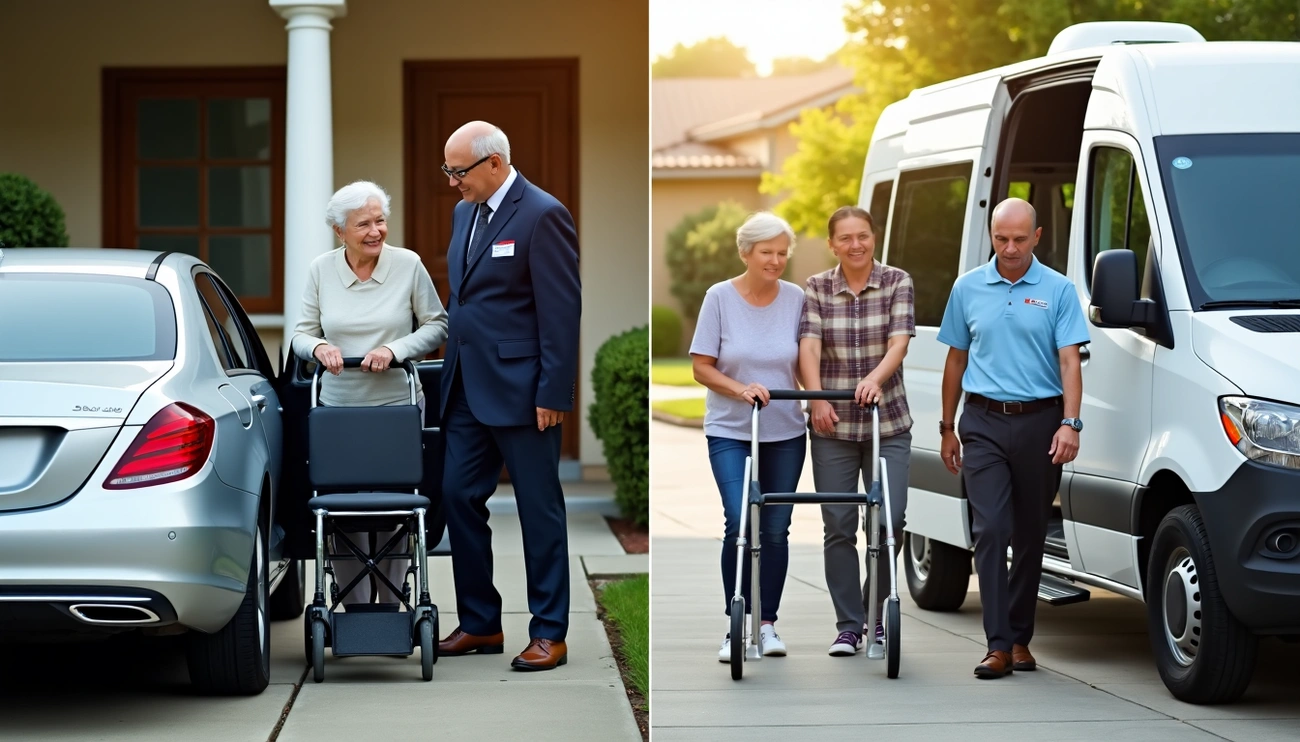Assisted living offers various benefits to senior citizens, including personalized care, support with activities of daily living (ADL), fall/accident prevention, autonomy, comfort, social engagement, and peace of mind.
According to the National Center for Assisted Living (NCAL), the U.S has over 28,000 assisted living communities that provide services to over 800,000 older adults with chronic health conditions.
Most people residing in assisted living facilities are female individuals above 85. NCAL reports that most people, including families, use private forms of payments, such as personal finance, savings, and long-term insurance care to pay for assisted living. Let us delve into details!
How Much Does Assisted Living Cost?
According to the American Health Care Association (AHCA), the average cost of assisted living in the United States is $4,000 per month and $48,000 per year. Expect to pay between $50,000 and $53,000 per year for home health care services or up to $51,600 per year if your loved one resides in an assisted living community.
Besides, The average cost of a semi-private room in a nursing facility is $93,075 per year. However, if your loved one resides in a private room, expect to pay an average of $105,850 annually.
The cost of assisted living varies widely in the U.S. It depends on various factors, such as the apartment type, features, and the number of services provided to older adults based on their specific needs.
Monthly expenses/fees cover rent, dining, utilities, personal care, housekeeping, and other amenities. Additional charges may include room service, guest meals, private laundry, transportation, and social activities.
How Do Most People Pay for Assisted Living?
Recent reports highlight that most families pay for assisted living with their current income, savings, long-term care insurance, pension, retirement funds, or other forms of private funds.
Some senior citizens set up irrevocable trusts to present their assets as gifts to their family members, including children. Other options are personal care agreements, pooled trusts, and annuities. Let us discuss the most popular payment forms.
Long-Term Care Insurance
Long-term care insurance is one of the most popular payment forms for people to offset assisted living costs. Most people with long-term care insurance policies convert them into a loan to streamline the process.
Long-term car insurance covers personal daycare, home healthcare, and nursing home care for people above 65 with disabilities or chronic health conditions. Unlike other programs, such as Medicaid, long-term care insurance is a more flexible option for families.
Veteran Affairs Benefits
The American Association of Retired Persons (AARP) reports that Medicare, Health Maintenance Organizations (HMOs), and health insurance policies do not pay for assisted living communities or services.
However, the Veterans’ Aid and Attendance Benefit is a specialized program that pays up to $1,800 for an individual. Likewise, it contributes around $2,100 for couples. The service is available for veterans who fulfill the program’s criteria.
Medicaid
Medicaid is an excellent option for low-income individuals to cover the expenses of assisted living facilities. However, this depends on the state’s program. NCAL highlights that about 16.5% of people in the United States use the Medicaid program to pay for assisted living services.
Medicaid programs run by different states cover various services, including home care and community-based care services. Remember that these programs do not provide coverage for rooms and boards.
It is crucial to meet the eligibility criteria defined by your state to benefit from the Medicaid program and cover the cost of assisted living. The program gives utmost importance to seniors with cognitive disorders, such as Alzheimer’s and dementia.
State-based Medicaid programs usually cover services provided by facilities, including coverage for personal care, nursing care, medication management, case management, and health assessments and exams. However, not all states provide this coverage under the regular Medicaid program.
Final Words
People above 65 usually require elder care or assisted living services to improve their day-to-day life and ease the suffering and pain caused by chronic health conditions. However, fewer people can afford the high costs.
Although most families in the U.S use private funds, including current income, personal savings, pensions, and retirement funds, to cover the cost of assisted living, low-income individuals have options like long-term care insurance and Medicaid.
Sources:
- https://www.ahcancal.org/Assisted-Living/Facts-and-Figures/Pages/default.aspx
- https://acl.gov/ltc/costs-and-who-pays/what-is-long-term-care-insurance
- https://www.aarp.org/health/medicare-qa-tool/does-medicare-cover-assisted-living/
- https://www.va.gov/pension/veterans-pension-rates/












